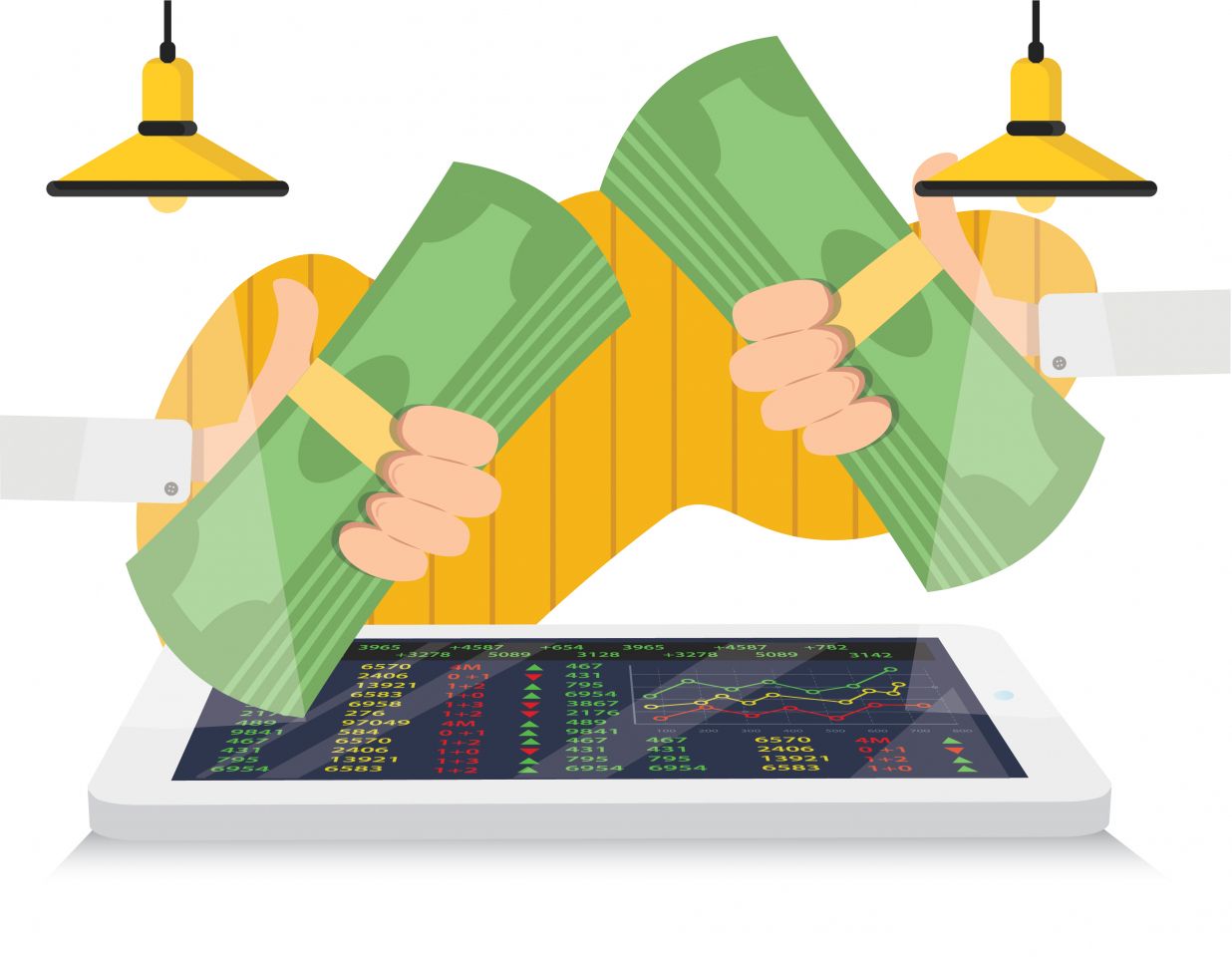What is moneyness?

An important aspect of options trading, it describes the relationship between the strike price of an option and the current trading price of its underlying asset such as a stock.
Key takeaways
Moneyness describes the relationship between an option's strike price and the current trading price of its underlying asset, and is an important aspect of options trading.
Moneyness indicates whether to exercise stock options (purchasing the issuer's stock at the option's set price), with options categorized as in the money, at the money, or out of the money.
In the money means you gain by exercising: call options when strike price is below current trading price, put options when strike price is above current trading price.
Out of the money means you suffer profit losses by exercising, while at the money means you break even, and these states change when the underlying security's price moves.
Where have you heard about moneyness?
You’ve probably heard the terms 'in the money', 'at the money' and 'out of the money' before. In trading, they’re used to describe the moneyness of options contracts, which change between these states when the price of the underlying security moves.
What you need to know about moneyness.
Moneyness gives you an indication of whether or not to exercise your stock options. Exercising is when you purchase the issuer’s common stock at the price set by the option.
- In the money means you stand to gain by exercising the option. A call option is in the money when its strike price is below the current trading price of the underlying asset. A put option is in the money when its strike price is above the current trading price of the underlying asset.
- Out of the money means you stand to suffer profit losses.
- At the money means you stand to break even.
Find out more about moneyness.
Options are split into 3 different groups – 'in the money', 'at the money' or 'out of the money'.